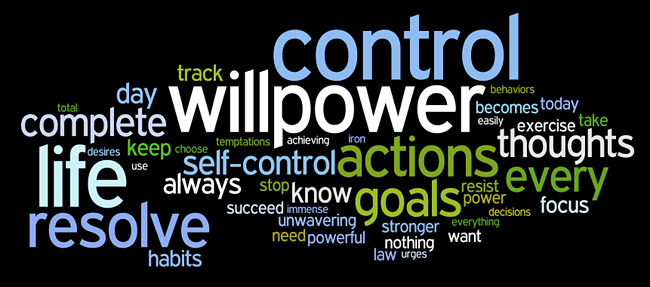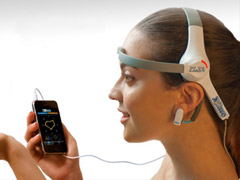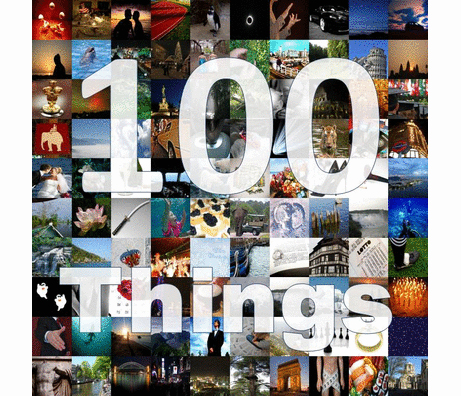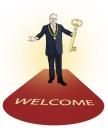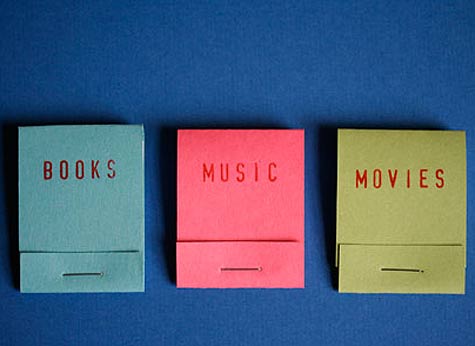EQ Provides Insight into Mind of Employee
Tuesday, September 28th, 2010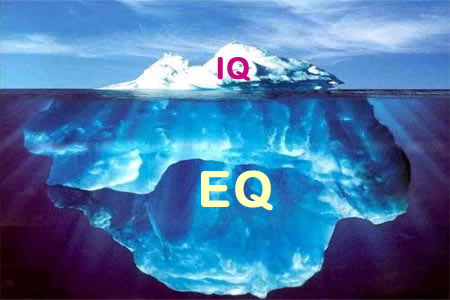 Emotional intelligence is our ability to spot, understand and manage emotional states in ourselves and others. It has been a topic of increasing importance to leaders but has yet to have a game-changing impact on workforce management.
Emotional intelligence is our ability to spot, understand and manage emotional states in ourselves and others. It has been a topic of increasing importance to leaders but has yet to have a game-changing impact on workforce management.
Our level of emotional intelligence, or emotional quotient (EQ), can be measured and has been found to correlate strongly to high performance in some domains. An interesting recent study by the University of Haifa looked at 809 employees in four companies and found:
“Meisler says the study indicates employees with a high level of emotional intelligence were more satisfied with their jobs and were more committed to their organizations. They also had fewer undesirable work attitudes — such as burnout, intention to leave and negligent behavior.”
This suggests that measuring EQ may be a useful tool for general workforce management. For the cognitive designer it implies that EQ measurements may provide insight into the unique cognitive needs and characteristics of employees.
Very interested to hear from designers that use EQ measurements as way to uncover cognitive needs.
